
- •1 Answer the following questions.
- •2 Decide whether the following statements are true or false.
- •3 Complete the sentence using your own ideas.
- •4 Agree or disagree with the following statements.
- •5 Skim through the text and find the synonyms of the following words.
- •6 Fill in the gaps with the words from the previous task.
- •7 Fill in the gaps with the following words
- •The importance of high productivity
- •Confusing words
- •2B. Choose the best word from the brackets to fill the gap.
- •1 Answer the following questions.
- •2 Match words on the left with their corresponding definition on the right.
- •3 Fill in the gaps using words from the previous task.
- •Pictures used in talking about Economics
- •Sizing up the good life
- •An intriguing, if unpopular, thought
- •A necessary evil
2B. Choose the best word from the brackets to fill the gap.
1 The CAC 40....................at 3,051 before falling back to 2,992. (advanced/peaked/soared)
2 Anglia Agro......................to 121 pence from a high of 123. (eased/leapt/jumped)
3 Our share price rose in the morning but then it levelled.....................at 62 pence. (up/down/off)
4 Internet dealers say they will......................the price of a new car by over 10%. (slash/slump/bust)
5 It's not bad enough to call it a slump, but we are in a...................... (depression/repression/recession)
6 ................. means that growth is slow, but prices are rising quickly. (Stagnation/Stagflation/Inflation)
7 United Foods announced it is going to.............................1,500 jobs. (axe/dive/close)
8 As temperatures rise, the.......................for air-conditioning units increases. (boom/surge/demand)
Task 3. Choose the correct preposition.
Labour costs have fallen ___ 22% of total production costs ___ 14% in the last ten years. That's 8%!
There was a dramatic fall in sales to the USA___1997 and 2000.
The company is currently selling 20,000 units ___£23 each.
The growth in sales has led to a rise____30% in profits.
A 10% drop in sales has reduced the profit____ 40%.
During 1999/2000 we increased retail floor space___ 5% ___ a total___ 48,000sq m.
They expect to create 1,450 jobs worldwide ___ the end of next year, at the latest.
Capital investment for the year stands___ £6,000.
Pre-tax profits reached a peak____ $5m two years ago but have been lower since.
Weekly sales have levelled off____£34,000.
Increased efficiency has resulted in a lowering of the break-even point from 2,770 ___ 2,500 units.
The rise in raw material prices is expected to be___3.5% and 4.5% this year.
Task 4. Describe the trends shown in the following pictures.
|
|
|
|
|
|
Task 5. Using the information form the graph, write a short report describing the general movements in exports, imports and the resulting balance of trade. (120-150 words) The graphs show the performance of a European country's manufacturing and agricultural sectors in terms of exports and imports between 1991 and 2001.
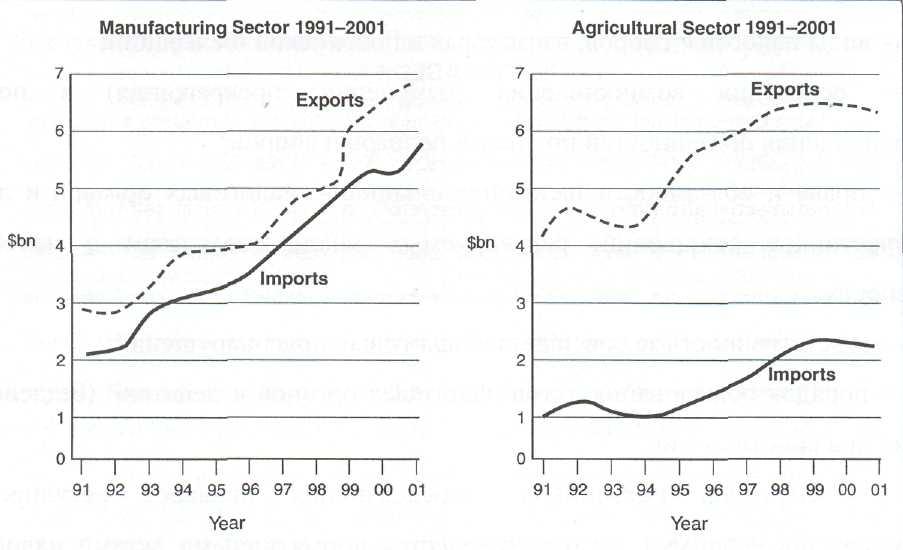
READING+SPEAKING
TEXT 2.
Fatalism v fetishism1
How will developing countries grow after the financial crisis?
1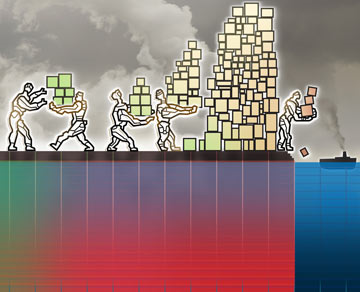 Forty years ago Singapore, now home to the world’s busiest port,
was a forlorn outpost still garrisoned by the British. In 1961 South
Korea was less industrialised than the communist north and dependent
on American aid. In 1978 China’s exports amounted to less than 5%
of its GDP. These countries, and many of their neighbours, have since
traded their way out of poverty. Given their success, it is easy to
forget that some development economists were once prey to “export
fatalism”. Poor countries, they believed, had little to gain from
venturing into the world market. If they tried to expand their
exports, they would thwart each other, driving down the price of
their commodities.
Forty years ago Singapore, now home to the world’s busiest port,
was a forlorn outpost still garrisoned by the British. In 1961 South
Korea was less industrialised than the communist north and dependent
on American aid. In 1978 China’s exports amounted to less than 5%
of its GDP. These countries, and many of their neighbours, have since
traded their way out of poverty. Given their success, it is easy to
forget that some development economists were once prey to “export
fatalism”. Poor countries, they believed, had little to gain from
venturing into the world market. If they tried to expand their
exports, they would thwart each other, driving down the price of
their commodities.
2The financial crisis of the past nine months is stirring a new export fatalism in the minds of some economists. Even after the global economy recovers, developing countries may find it harder to pursue a policy of “export-led growth”, which served countries like South Korea so well. Under this strategy, sometimes called “export fetishism”, countries spur sales abroad, often by keeping their currencies cheap. Some save the proceeds in foreign-currency reserves, rather than spending them on imports. This strategy is one reason why the developing world’s current-account surplus exceeded $700 billion in 2008, as measured by the IMF. In the past, these surpluses were offset by American deficits. But America may now rethink the bargain. This imbalance, whereby foreigners sell their goods to America in exchange for its assets, was one potential cause of the country’s financial crisis.
3If this global bargain does come unstuck, how should developing countries respond? In a new paper, Dani Rodrik of Harvard University offers a novel suggestion. He argues that developing countries should continue to promote exportables, but no longer promote exports. What’s the difference? An exportable is a good that could be traded across borders, but need not be. Mr Rodrik’s recommended policies would help countries make more of these exportables, without selling quite so many abroad.
4Countries grow by shifting labour and investment from traditional activities, where productivity is stagnant, to new industries, which abound in economies of scale or opportunities to assimilate better techniques. These new industries usually make exportable goods, such as cotton textiles or toys. But whatever the fetishists believe, there is nothing special about the act of exporting per se, Mr Rodrik argues. For example, companies do not need to venture abroad to feel the bracing sting of international competition. If their products can be traded across borders, then foreign rivals can compete with them at home.
5As countries industrialise and diversify, their exports grow, which sometimes results in a trade surplus. These three things tend to go together. But in a statistical “horse race” between the three—industrialisation, exports and exports minus imports—Mr Rodrik finds that it is the growth of tradable, industrial goods, as a share of GDP, that does most of the work.
6How do you promote exportables without promoting exports? Cheap currencies will not do the trick. They serve as a subsidy to exports, but also act like a tax on imports. They encourage the production of tradable goods, but discourage their consumption—that is why producers look for buyers abroad.
7Policymakers need a different set of tools, Mr Rodrik argues. They should set aside their exchange-rate policies in favour of industrial policy, subsidising promising new industries directly. These sops would expand the production of tradable goods above what the market would dictate. But the subsidy would not discourage their consumption. Indeed, policymakers should allow the country’s exchange rate to strengthen naturally, eliminating any trade surplus. The stronger currency would cost favoured industries some foreign customers. But these firms would still do better overall than under a policy of laisser-faire.
Return of the cargo cult
8Mr Rodrik offers a solution to an awkward problem: how policymakers can restore the growth strategies of the pre-crisis era without reviving the trade imbalances that accompanied them. But is his solution as neat as it sounds? Start with the theory. Mr Rodrik claims there is nothing special about exporting. He is probably right. But his statistical test is unlikely to be the last word on the matter, given the difficulties of disentangling variables that move together. Mr Rodrik’s model also assumes a single tradable good. Under his policies, countries sell the same kind of stuff at home that they formerly sold to foreigners. In a more elaborate model, foreign and local tastes would differ. China, for example, made most of the world’s third-generation mobile phones long before 3G telephony was available at home. Firms in poor countries can learn a lot from serving richer customers abroad.
9What about the practice? Subsidies are notoriously prone to error and abuse. Even before the crisis, Mr Rodrik was keen to rehabilitate industrial policy in the eyes of many economists, who doubt governments’ ability to pick winners but have every faith in their aptitude for favouring corporate friends. In these circles, a cheap currency is often seen as the least disreputable form of industrial policy, because it benefits exporters in general, without favouring any particular industry or firm.
10This ingenious economist may also be preparing for a future that is further off than you might think. American policymakers are certainly worried about their country’s trade deficit. But they are far more concerned about unemployment. Most of their efforts to revive demand will tend to widen the trade gap, at least in the short run. The American government is also more anxious than ever to sell its paper, and whatever they say in public, the central banks of China and other big emerging economies still seem happy to buy. Export fetishism seems fated to endure.
EXCERCISES

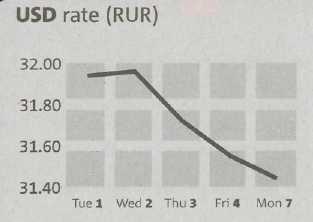 Picture
A
Picture
A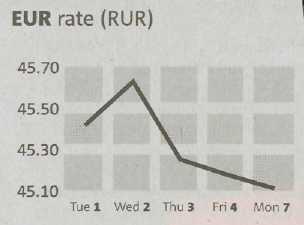 Picture
B
Picture
B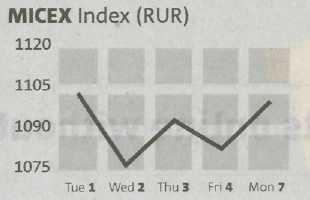 Picture
C
Picture
C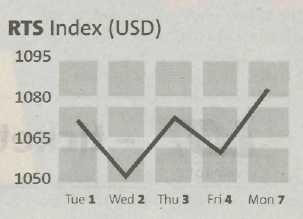 Picture
D
Picture
D